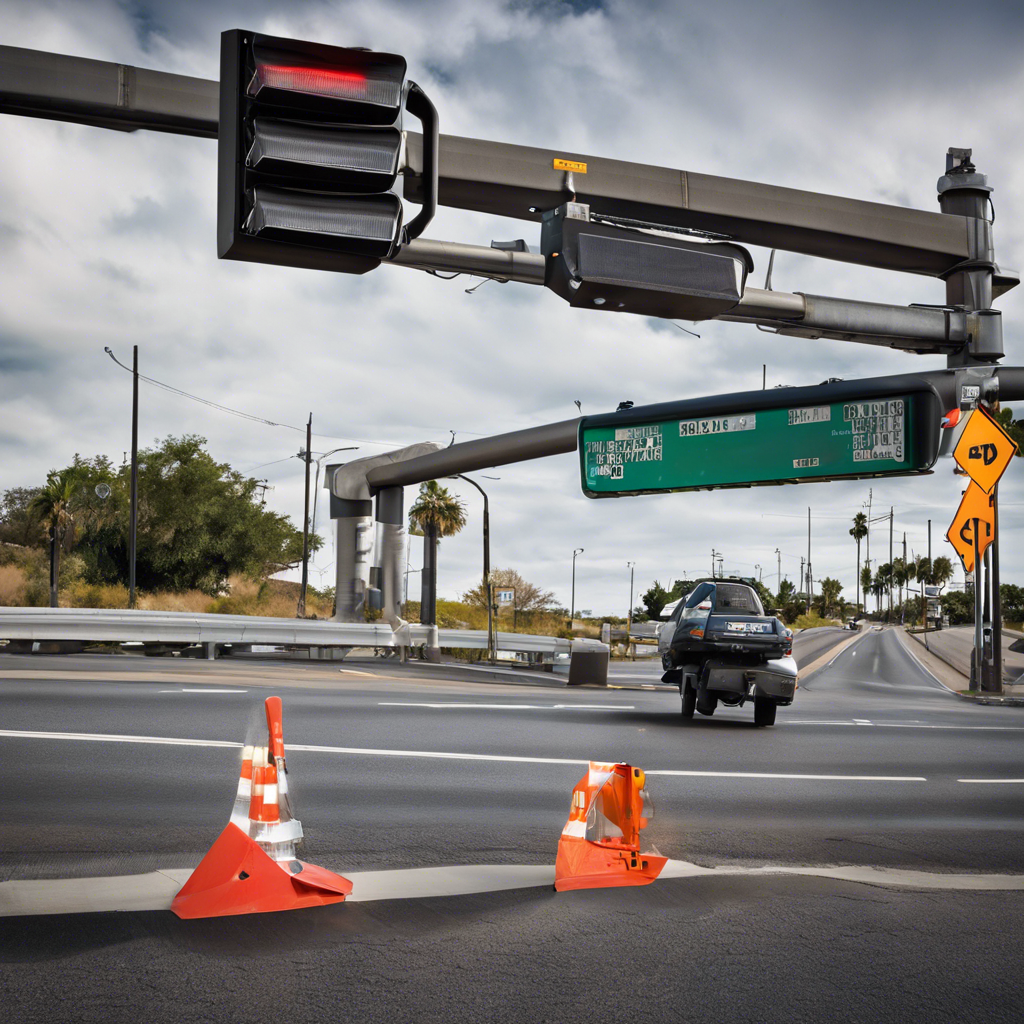The impact of speed limit enforcement on accident reduction is examined, highlighting key strategies and their societal benefits.
Traffic accidents are a significant concern for communities worldwide, leading to numerous fatalities and injuries each year. As such, authorities are continually seeking ways to enhance road safety and reduce accident rates. One widely debated method is the enforcement of speed limits. This article explores the effectiveness of speed limit enforcement as a strategy to curb accidents, examining the research, real-world implementations, and the broader implications for public safety. We will delve into the various aspects of this approach, offering a comprehensive understanding of its potential benefits and challenges.
Understanding the Role of Speed in Accidents
Speeding plays a pivotal role in traffic accidents, often acting as a catalyst for severe collisions. Research consistently highlights the correlation between excessive speed and the likelihood of crashes, emphasizing the need for effective speed management. Speed limit enforcement aims to mitigate this problem by deterring drivers from exceeding posted limits.
For a comprehensive understanding of the relationship between speed and road safety, visit the World Health Organization’s website, which provides extensive data and resources on this topic. [1](#ref1)
The Effectiveness of Speed Limit Enforcement
Numerous studies have analyzed the impact of speed limit enforcement on accident reduction. These investigations have consistently demonstrated that rigorous enforcement can significantly decrease the number of accidents, particularly those involving severe injuries or fatalities. For instance, a study by the Insurance Institute for Highway Safety revealed a clear link between increased enforcement and reduced accident rates, especially on roads with higher speed limits. [2](#ref2)
Identifying High-Risk Areas
A critical aspect of successful speed limit enforcement is focusing on high-risk areas. These zones are characterized by a higher incidence of accidents due to various factors, including road design, traffic volume, and driver behavior. By strategically targeting these areas with increased enforcement, authorities can maximize the impact of their efforts.
Community Engagement and Education
Public awareness and education are instrumental in the success of speed limit enforcement. When communities understand the rationale behind speed limits and the potential consequences of speeding, they are more likely to comply with the regulations. This approach not only reduces accidents but also fosters a culture of safety and responsibility among drivers.
Suggestions for Effective Community Engagement
–
Utilize Social Media
: Platforms like Facebook and Twitter can effectively reach a wide audience, allowing authorities to disseminate information about the importance of speed limits and the consequences of non-compliance.
–
Host Community Meetings
: Holding community meetings provides a forum for residents to voice their concerns, ask questions, and participate in the decision-making process. This fosters a sense of ownership and engagement.
–
Collaborate with Local Media
: Working with local media outlets can help amplify key messages about road safety and speed limit enforcement, reaching a broader audience.
Technology’s Role in Enforcement
Advancements in technology have significantly contributed to the effectiveness of speed limit enforcement. Automated systems, like speed cameras and radar detectors, are now widely used to monitor and deter speeding. These tools provide objective evidence of violations, enabling authorities to take appropriate action and reducing the potential for human error in enforcement.
Balancing Enforcement and Safety
While speed limit enforcement is a valuable tool for reducing accidents, it must be implemented carefully to avoid unintended consequences. Overly stringent enforcement may lead to public backlash, potentially undermining the effectiveness of the initiative. Thus, authorities must strike a balance between robust enforcement and maintaining public trust and acceptance.
To learn more about the challenges and best practices of speed limit enforcement, the National Highway Traffic Safety Administration offers valuable resources and guidelines. [3](#ref3)
Frequently Asked Questions
What are the common challenges in speed limit enforcement?
Implementing speed limit enforcement can face various challenges, including public resistance, resource limitations, and the potential for legal disputes. Striking a balance between enforcement and maintaining positive community relations is crucial.
How does technology improve enforcement effectiveness?
Technology plays a pivotal role in making enforcement more efficient and objective. Automated systems like speed cameras and radar detectors provide real-time data on speed violations, allowing for prompt action and reducing the reliance on manual monitoring.
What are the long-term benefits of effective speed limit enforcement?
Successful speed limit enforcement can lead to a safer road environment with fewer accidents, injuries, and fatalities. It also contributes to reduced traffic congestion, lower fuel consumption, and a more positive community perception of traffic safety measures.
Conclusion
Speed limit enforcement is a powerful tool in the arsenal of road safety measures, offering a proven method to reduce accidents and save lives. By strategically implementing enforcement measures, educating the public, and utilizing technology, authorities can significantly enhance road safety. While challenges exist, the benefits of effective speed limit enforcement are clear, making it a critical component of comprehensive traffic management strategies. The ultimate goal is to create a safer and more responsible driving culture, ensuring that roads are a place for mobility and not a source of danger.
